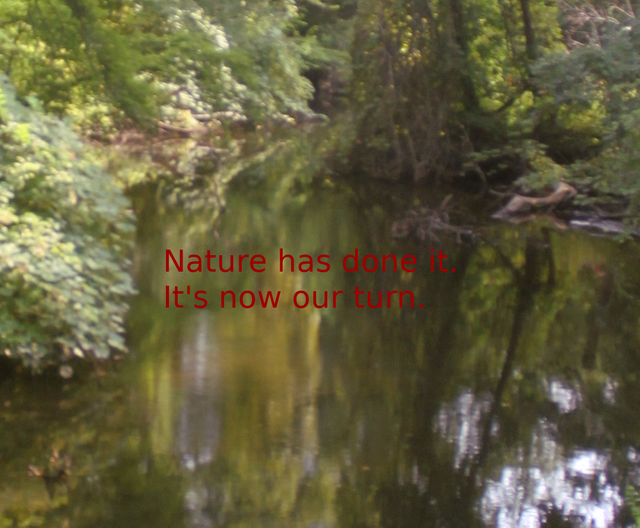
Photosynthesis has been the cornerstone of carbon-based life since, well, the beginning of life. It is the process practiced by plant organism that consists of breaking water a carbon dioxide into ions and then regrouping them into basic sugars which are then used to build up plants and give rise to the whole food chain which sustains the life on our planet. The by-product of that process is oxygen which we breeze.
A Reisner Laboratory research team lead by Katarzyna Sokół has developed a process that uses sunlight to break the water up into oxygen and hydrogen. The process is facilitated by the use of hydrogenase, an ancient enzyme theorized to have emerged at the very beginning of the life formation when gaseous hydrogen was still present in the Earth's atmosphere. Early microbial organisms utilized diatomic hydrogen (H2) which some microbial species do to this day.
Certain variants of hydrogenase help break water into hydrogen and oxygen:
2H2O -> 2H2 + O2
Gaseous hydrogen is fuel that can be used in pretty much any spark-ignition (read gasoline) engine. Gaseous oxygen is what we breeze in about 15 times every minute.
According to the research team behind this discovery their process is far more efficient than regular photosynthesis because the latter is not optimized for maximum output and is merely tuned to be sufficient for the organism to survive. Their process apparently yields a lot more output and, if proven industrially viable, would translate into a virutally unlimited source of potentially inexpensive fuel.
Sources
Scientists Just Invented a More Efficient Way to Turn Sunlight Into Unlimited, Renewable Fuel
Mike McRae, Science Alert, 8 September 2018
Scientists pioneer a new way to turn sunlight into fuel
St John's College, University of Cambridge
Bias-free photoelectrochemical water splitting with photosystem II on a dye-sensitized photoanode wired to hydrogenase
Katarzyna P. Sokol, William E. Robinson, Julien Warnan, Nikolay Kornienko, Marc M. Nowaczyk, Adrian Ruff, Jenny Z. Zhang & Erwin Reisner, Nature Energy, 2018
Hydrogenase
Wikipedia
What is Photosynthesis
Smithonian Institution
Reisner Lab
University of Cambridge, UK
All content and images by @borepstein unless otherwise noted.

You got a 32.99% upvote from @brupvoter courtesy of @borepstein!
Downvoting a post can decrease pending rewards and make it less visible. Common reasons:
Submit
Downvoting a post can decrease pending rewards and make it less visible. Common reasons:
Submit
tekhnologi modern
Downvoting a post can decrease pending rewards and make it less visible. Common reasons:
Submit
good pos friend excellent research and advancement of technology
Downvoting a post can decrease pending rewards and make it less visible. Common reasons:
Submit